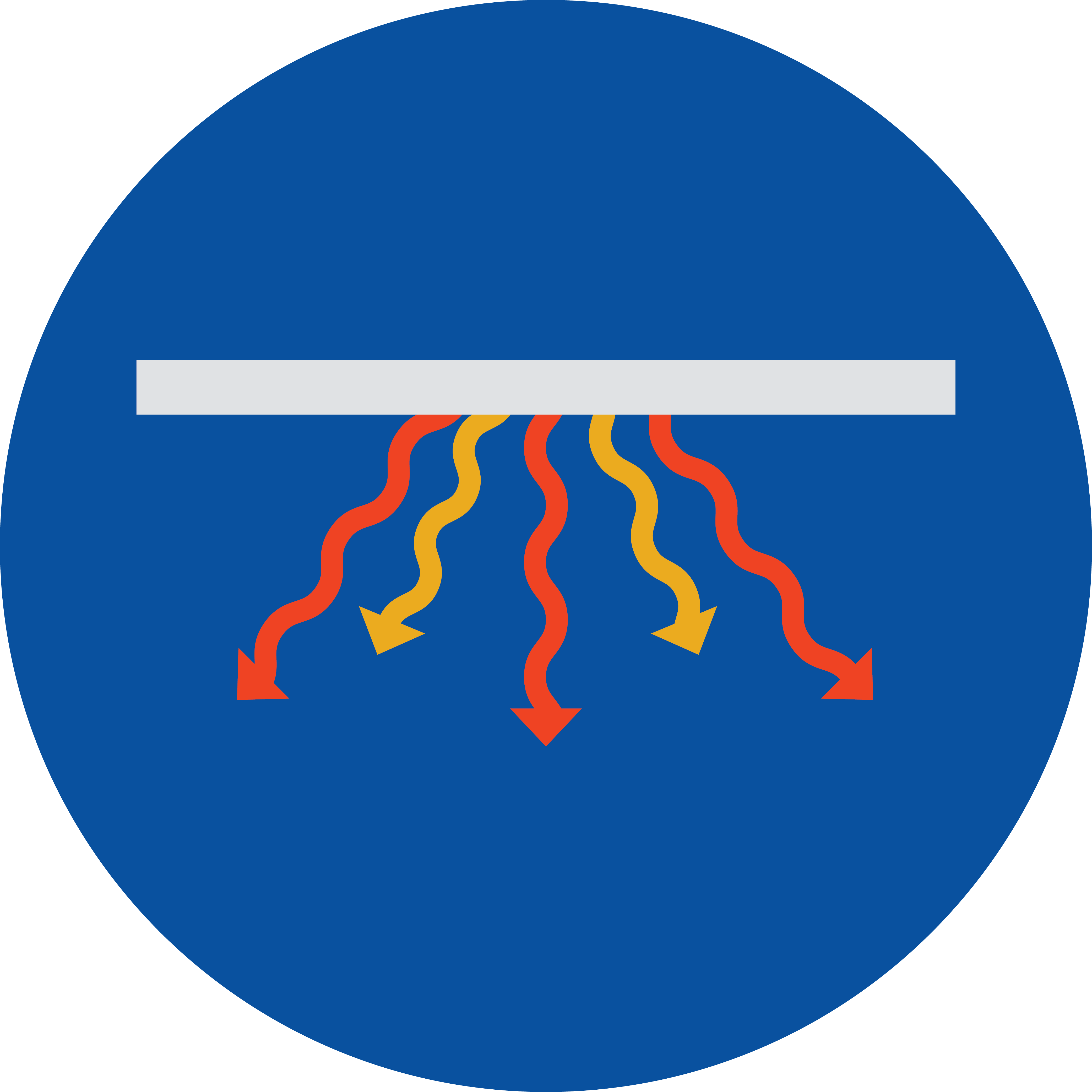STEEL RESEARCH
RESEARCH THEMES

THERMAL MANAGEMENT
Thermal management is increasingly important especially in buildings. As the planet adjusts to changes in climate, buildings serve an increasingly important role. Enabling the dynamic control of heat flows through new thermal transport technologies (i.e. thermal diodes, thermal regulators, and thermal switches). These new technologies enable “smart” thermal energy systems which can provide heating and cooling across all technology scales, from (nano-/micro-) electronics to buildings.

THERMAL ENERGY CONVERSION
STEEL develops various thermal energy conversion technologies. Canonical examples consist of polymer thermoelectric generators, and Na-ion thermoelectrochemical (Na-TEC) generators. We envision new thermodynamic cycles (integrating new materials, processes, and phenomena), develop prototypes, and evaluate their techno-economic scaling potential.

COOLING
Driven by rising regional temperatures, growing regional populations, and accelerating urbanization, the global cooling demand is expected to triple by 2050. In a business-as-usual scenario nearly all of this demand will be met using hydrofluorocarbons (HFCs) employed in vapor compression units. HFCs have global warming potentials several times higher than that of carbon dioxide, and its emission is projected to be as high as 9 GtCO2-eq/yr (i.e. 15% of CO2-eq emissions) by 2050. One facet of the solution is the discovery and development of zero-GWP alternative cooling technologies. We are investigating novel refrigeration schemes that can potentially displace vapor compression.

THERMOELECTRICS
Thermoelectrics have the potential to convert heat directly into electricity and could be ideal for distributed power generation. However, due to cost, manufacturability, abundance, and material performance, the full potential of thermoelectrics has yet to be realized. While great advances attributed primarily to a reduction in thermal conductivity have been made in the last decade, thermoelectric materials have much room for improvement. Here in the STEEL, we focus on organic thermoelectrics; we research both fundamental material properties and applied device designs.

